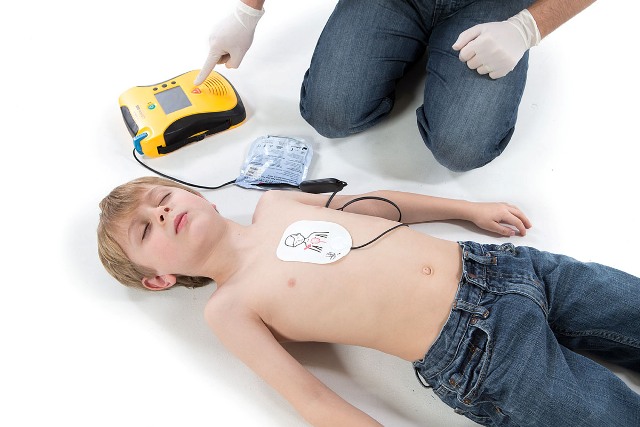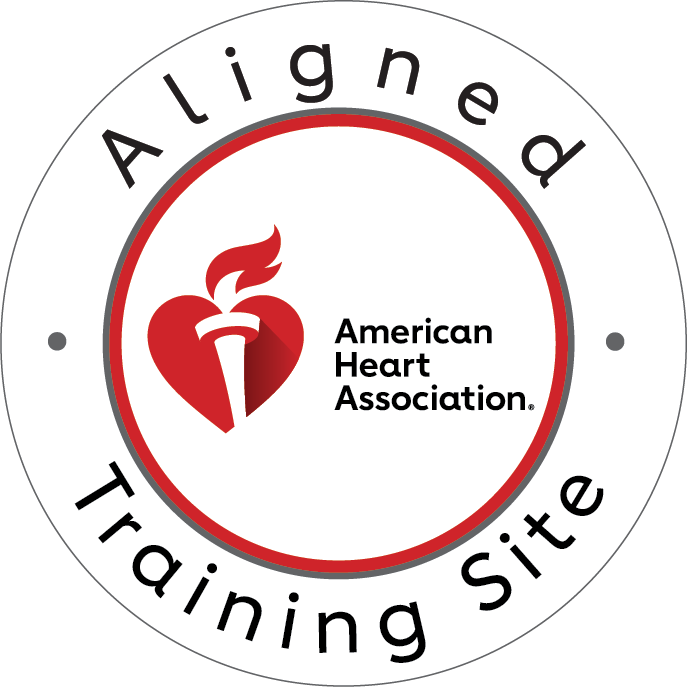When a child experiences sudden cardiac arrest, every second counts. Automated External Defibrillators (AEDs) can be life-saving devices, but using them on children requires specific knowledge and techniques. Understanding how to properly use an AED on a child during CPR is crucial for parents, caregivers, teachers, and healthcare providers.
Cardiac emergencies in children, while less common than in adults, can occur due to various factors, including congenital heart defects, drowning, choking, or severe trauma. Moreover, knowing when and how to use an AED can mean the difference between life and death.
Step 1: Assess the Situation and Call for Help
Before using an AED on a child, you must first assess the emergency. Check if the child is responsive by tapping their shoulders and shouting loudly. If the child is unresponsive and not breathing normally, immediately call 911 or have someone else do so while you prepare to begin CPR.
Additionally, ask someone to locate an AED if one is available nearby. Time is critical in cardiac emergencies, so quick action and clear communication are essential.
Step 2: Begin CPR Before AED Arrival
Start chest compressions immediately while waiting for the AED to arrive. For children over one year old, place the heel of one hand on the center of the chest between the nipples. Push hard and fast at least 2 inches deep at a rate of 100-120 compressions per minute.
Furthermore, provide rescue breaths by tilting the child’s head back slightly, lifting the chin, and covering their mouth and nose with your mouth. Give two breaths after every 30 compressions.
Can an AED Be Used on Children Under 8?
Yes, AEDs can be used on children under 8 years old, but specific considerations must be followed. The American Heart Association recommends using pediatric AED pads and settings for children under 8 years of age or weighing less than 55 pounds (25 kg).
However, if pediatric pads are not available, adult pads can be used as a last resort. In emergencies, using adult pads is better than not using an AED at all. The key is to ensure proper pad placement and avoid pad overlap on the child’s smaller chest.
Step 3: Prepare the AED and Check for Pediatric Settings
When the AED arrives, turn it on immediately by pressing the power button or lifting the lid. Most modern AEDs provide clear voice prompts to guide you through the process. Check if the AED has a pediatric key or switch that reduces the energy delivered to a child-appropriate level.
Subsequently, expose the child’s chest completely and ensure it is dry. Remove any clothing, jewelry, or medical patches from the chest area where you will place the pads.
Pediatric Pad Requirements: When Only Pediatric Pads Can Be Used
When using an AED on a child under 8 years, pediatric pads should always be the first choice when available. These specialized pads are designed to deliver a lower energy dose appropriate for a child’s smaller body and developing heart muscle.
Pediatric pads typically deliver 50-75 joules of energy compared to the 150-200 joules delivered by adult pads. This reduced energy level is crucial for preventing injury while still providing effective defibrillation.
Nevertheless, if only adult pads are available, they can still be used on children under 8. The priority is providing defibrillation rather than waiting for pediatric equipment that may not arrive in time.
Step 4: Proper Pad Placement on Children
Correct pad placement is critical for effective AED use on children. For children under 8 or those weighing less than 55 pounds, use the anterior-posterior (front-back) placement method when possible.
Place one pad on the center of the child’s chest between the nipples. Place the second pad on the child’s back, directly behind the heart and below the left shoulder blade. This placement helps ensure the electrical current travels effectively through the child’s smaller chest.
Step 5: Clear the Area and Deliver Shock
Before the AED analyzes the heart rhythm, ensure no one is touching the child. Loudly announce “Clear!” and visually confirm that all rescuers have stepped back from the child.
Once the AED advises a shock, press the shock button firmly while ensuring everyone remains clear of the child. The AED will deliver the appropriate energy level based on whether you’re using pediatric or adult settings.
Step 6: Resume CPR Immediately After Shock
Immediately after the shock is delivered, resume CPR, starting with chest compressions. Do not check for a pulse or breathing, as the AED will reanalyze the heart rhythm after two minutes of CPR.
Continue high-quality CPR with proper compression depth, rate, and minimal interruptions. The AED will prompt you when to stop for the next rhythm analysis.
Special Considerations for Infant AED Use
For infants under one year of age, manual defibrillation by trained healthcare providers is preferred over AED use. However, if no manual defibrillator is available and an AED is the only option, it may be used with pediatric pads or, as a last resort, adult pads.
The pad placement for infants follows the same anterior-posterior method, with careful attention to avoid pad overlap due to the infant’s very small chest size.
Common Mistakes to Avoid
Several common errors can reduce AED effectiveness in pediatric emergencies. First, avoid delaying AED use while searching for pediatric pads if only adult pads are available. Second, ensure proper pad adhesion by pressing firmly around all edges of each pad.
Third, never place pads over medication patches, jewelry, or on wet skin. Finally, maintain continuous chest compressions except when the AED is analyzing or delivering a shock.
Training and Certification Importance
Proper AED use on children requires hands-on training and regular practice. Understanding the differences between adult and pediatric emergency procedures is essential for an effective response during real emergencies.
Regular recertification ensures that your skills remain current with the latest guidelines and techniques. Practice scenarios help build confidence and muscle memory for high-stress emergencies.
Legal and Ethical Considerations
Good Samaritan laws in most states protect individuals who provide emergency care in good faith, including AED use on children. However, proper training reduces liability risks and improves patient outcomes.
Always follow your training protocols and local emergency medical services procedures when available. Document your actions if possible for medical professionals who will continue care.
Conclusion: Be Prepared to Save a Child’s Life
Using an AED on a child during CPR requires specific knowledge, proper equipment, and quick action. While pediatric pads are preferred for children under 8 years old, any AED is better than no AED in a cardiac emergency.
Remember that successful pediatric resuscitation depends on high-quality CPR combined with appropriate AED use. Regular training and practice help ensure you can respond effectively when a child’s life depends on your actions.
Take Action: Get Certified Today
Don’t wait for an emergency to learn these life-saving skills. CPR Columbus, an American Heart Association training site, offers comprehensive CPR certification in Columbus and PALS certification in Columbus. Our stress-free, hands-on classes prepare you to respond confidently to pediatric emergencies.
Contact CPR Columbus today to enroll in BLS for Healthcare Providers, ACLS, PALS, or CPR and First Aid courses. When it comes to saving lives, choose the best CPR in Columbus. Your training today could save a child’s life tomorrow.





